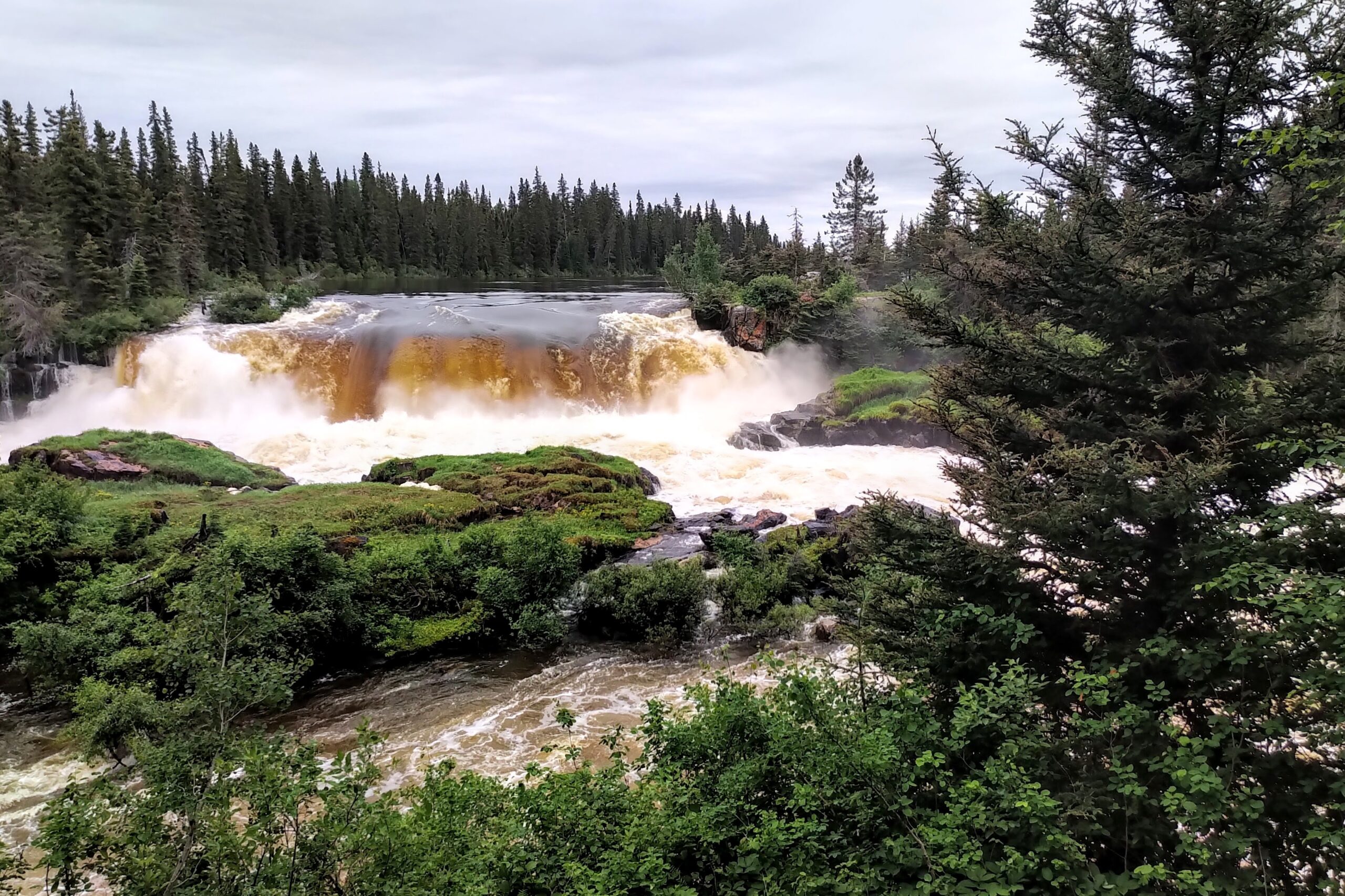Part One, The joys
By Volker Beckmann
A British visitor that I was touring asked me to record the sound of trembling aspen leaves quietly rustling in the wind. She had never heard that sound before and wanted to play this natural “music” on BBC radio in England.”
Travelled to northern Manitoba lately? If you drive, Highway 6 is some 750 km long and travels from Winnipeg to Thompson, Manitoba. It is about the same distance as from Winnipeg to Minneapolis or to Thunder Bay. Highway 6 is the primary transportation corridor heading south/north for personal, economic, medical and tourism travel. Thompson is known as the Hub of the North and is the jumping off point for thousands of Churchill visitors each year who take the train in summer and early fall to see and experience beluga whales and polar bears. Such a trip should be on your bucket list. Experiencing such wildlife in their natural state at the edge of the Arctic can be a thrill like an African safari.
Many smaller northern towns and First Nation communities tie into Highway 6 from secondary roads such as from Snow Lake, Cross Lake, Norway House, Lynn Lake, Leaf Rapids, Wabowden, Gillam, Nelson House, Split Lake. The North has a gamut of beautiful places to see and visit. The rugged beauty of the boreal biome offers many lakes, rivers, rapids, other natural features, and campgrounds to camp in, fish, hike, paddle, and breathe in pure, crisp, clean air. The beautiful, clear blue skies, and amazing displays of northern lights in the fall and winter should act as another incentive to experience the north.
A few years ago in September, one British visitor that I was touring asked me to record the sound of trembling aspen leaves quietly rustling in the wind. She had never heard that sound before and wanted to play this natural “music” on BBC radio in England. Remarkable what visitors notice. Yet, funny how familiarity to a Northerner breeds indifference.
When you live in Winnipeg, you might think such a drive would be like going to the end of the world because it takes eight to nine hours. Of course, you can fly the distance in less than two hours. But that’s a bit pricier. Northerners drive that route many times a year to reach Winnipeg for a medical appointment, to catch a plane to a holiday destination, to go shopping, attend a sport or entertainment event, or travel on a business trip. We just consider it a drive with four or five pit stops every few hours. No big deal (wink, wink).
On the other hand, in winter, with short daylight hours, snowfalls, and cold weather, it can be a risky and scary drive if the highway is icy. The Department of Transportation does their best to keep it ploughed and safe but doing that in winter is a demanding task when there are limited staff and resources to keep the long highway open.
When the town of Thompson was first born in 1958, there was no road. People and freight all came by train three times a week from Winnipeg. Construction was booming for a decade. Many residents would go to the train station to greet new people coming to town and get to watch the piles of empty beer cases heading back south! Hundreds of workers lived in construction camps back then. In 1964, the first Provincial Road 391 finally opened to Winnipeg through The Pas. Those 1100 kilometer’s took some 12 hours to drive, and many would do that trip there and back on a long weekend just to get out of town. The road was very rough with gravel and mud. When it rained, bulldozers would pull cars through the muddy sections. We called those people “Pioneers of Thompson.” Most cars in town had cracked windshields and broken mufflers. During dry weather, the gravel wash board was so jarring, your single seat belt would tighten over the bumps. To prevent hip gangrene, you would loosen it and redo it. Gordon Beard was Thompson’s first Conservative MLA, and he got all the blame for not improving the road fast enough.
In 1971, Highway 6 opened from Grand Rapids, which was a shorter four-hour drive. What a blessing! Civilization was so much closer. It existed as a gravel road for many years. Successive governments made constant improvements, and today it is all paved and mostly easy to travel in the long daylight hours of summer. It’s always special to see twilight at 11 pm in June. Today, you can stop along the way to see stunning Pisew Falls, emerald-green Little Limestone Lake, pelicans at Grand Rapids, quiet secluded campgrounds along the way, and enjoy the unique aspect of Paint Lake Provincial Park.
Part Two next month will complete the story of Manitoba’s longest highway and what is going on this year.



